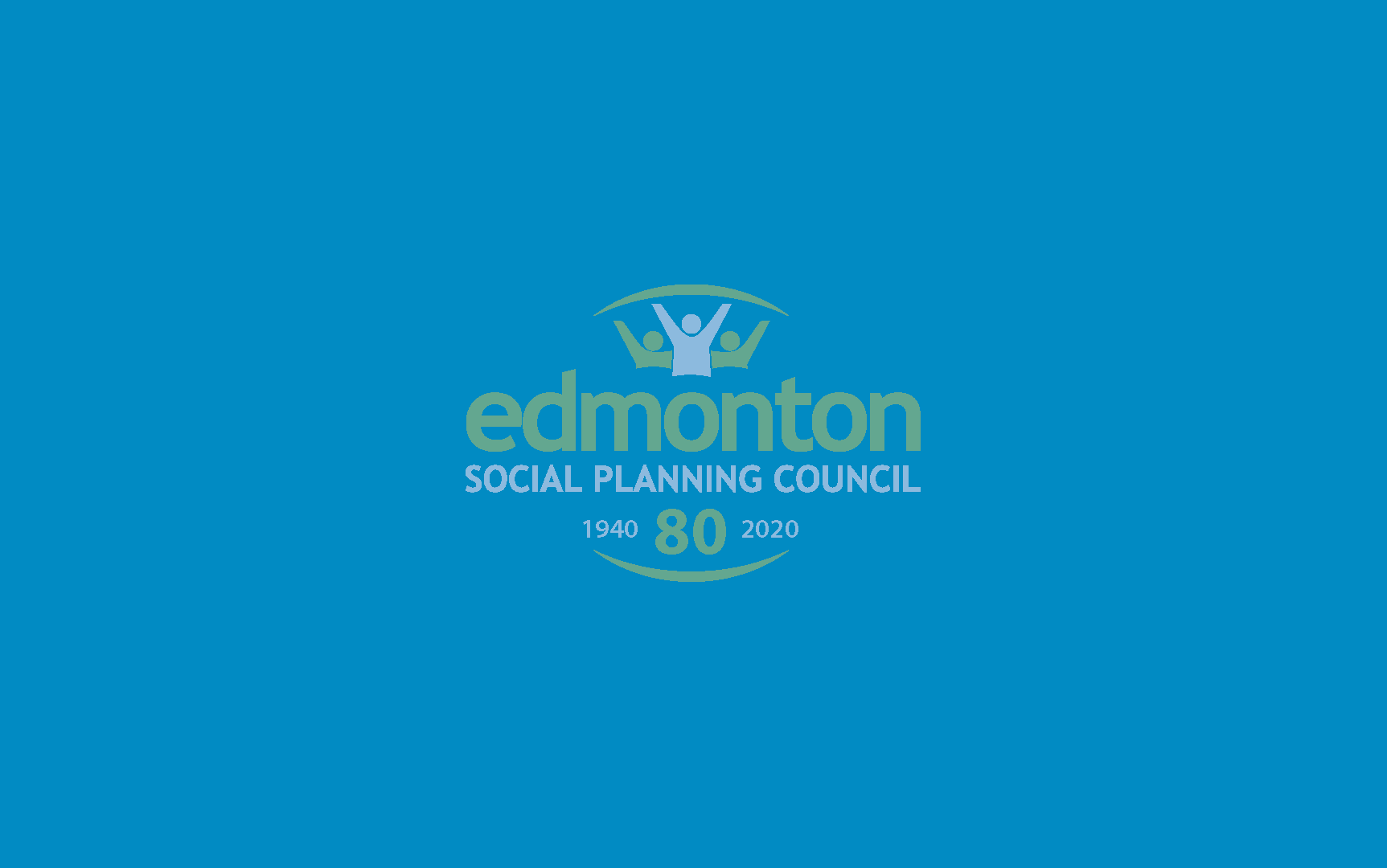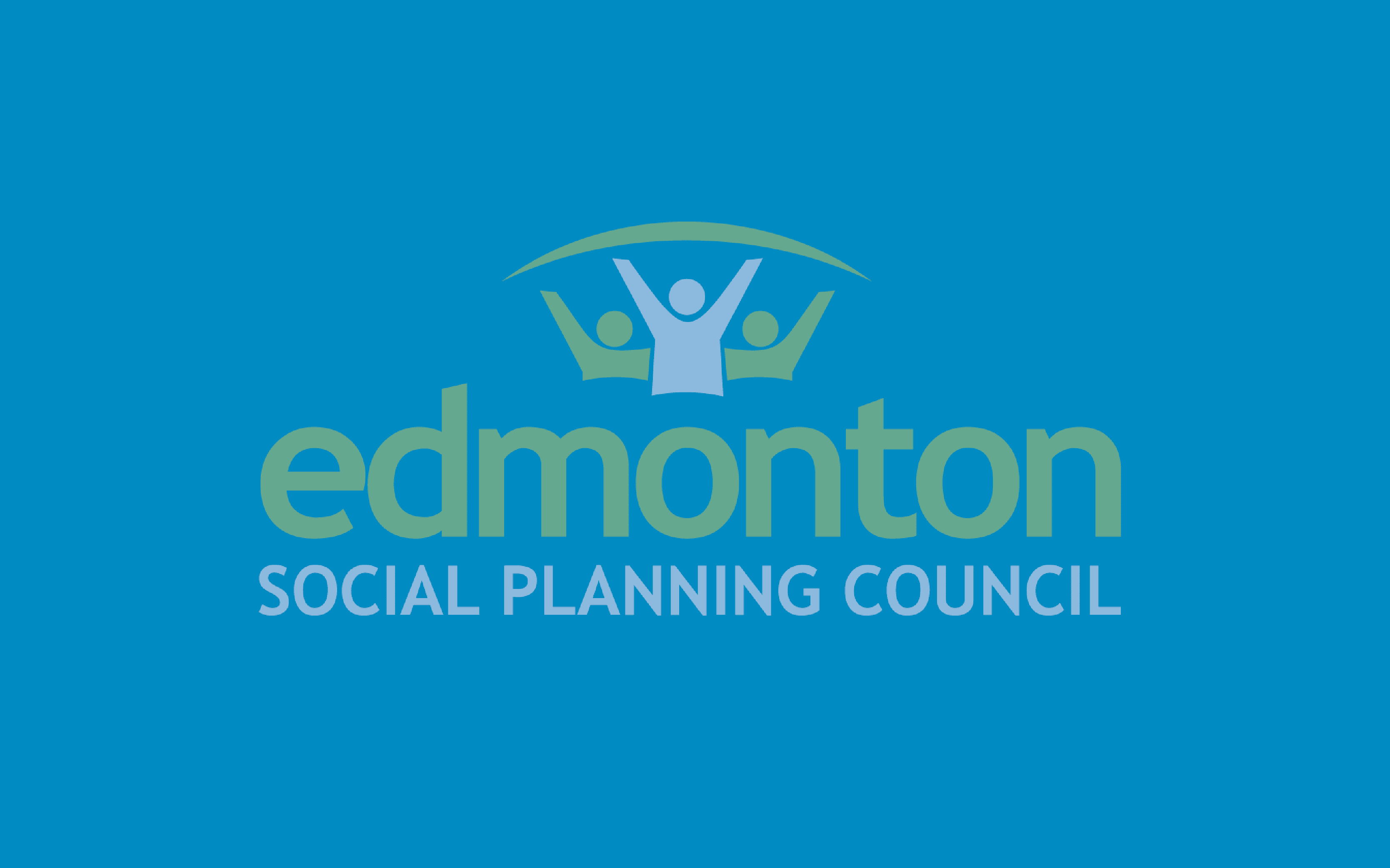[et_pb_section fb_built=”1″ _builder_version=”4.7.0″ custom_margin=”0px||0px||false|false” custom_padding=”0px||0px||false|false”][et_pb_row column_structure=”3_4,1_4″ use_custom_gutter=”on” gutter_width=”2″ _builder_version=”4.7.7″ _module_preset=”default” width=”100%” custom_margin=”0px||||false|false” custom_padding=”0px||0px||false|false” border_width_bottom=”1px” border_color_bottom=”#a6c942″][et_pb_column type=”3_4″ _builder_version=”4.7.0″ _module_preset=”default”][et_pb_post_title meta=”off” featured_image=”off” _builder_version=”4.7.4″ _module_preset=”default” title_font=”||||||||” custom_margin=”||3px|||” border_color_bottom=”#a6c942″][/et_pb_post_title][/et_pb_column][et_pb_column type=”1_4″ _builder_version=”4.7.0″ _module_preset=”default”][et_pb_image src=”https://edmontonsocialplanning.ca/wp-content/uploads/2020/12/COLOUR-BLOCKS_spaced-300×51.png” title_text=”COLOUR BLOCKS_spaced” align=”center” _builder_version=”4.7.7″ _module_preset=”default” max_width=”100%” max_height=”75px” custom_margin=”0px|0px|0px|0px|false|false” custom_padding=”10px|0px|20px|0px|false|false” global_module=”96648″][/et_pb_image][/et_pb_column][/et_pb_row][et_pb_row column_structure=”3_4,1_4″ use_custom_gutter=”on” gutter_width=”2″ make_equal=”on” _builder_version=”4.7.7″ background_size=”initial” background_position=”top_left” background_repeat=”repeat” width=”100%” custom_margin=”0px|auto|0px|auto|false|false” custom_padding=”30px|0px|0px|0px|false|false”][et_pb_column type=”3_4″ _builder_version=”4.5.6″ custom_padding=”0px|0px|0px|0px|false|false” custom_padding__hover=”|||”][et_pb_text _builder_version=”4.7.5″ _dynamic_attributes=”content” _module_preset=”default” text_font=”|600|||||||” text_text_color=”#2b303a” custom_padding=”||32px|||”]@ET-DC@eyJkeW5hbWljIjp0cnVlLCJjb250ZW50IjoicG9zdF9kYXRlIiwic2V0dGluZ3MiOnsiYmVmb3JlIjoiIiwiYWZ0ZXIiOiIiLCJkYXRlX2Zvcm1hdCI6ImRlZmF1bHQiLCJjdXN0b21fZGF0ZV9mb3JtYXQiOiIifX0=@[/et_pb_text][et_pb_button button_url=”https://edmontonsocialplanning.ca/wp-content/uploads/2021/02/fACTsheet-2021-Provincial-Budget.pdf” url_new_window=”on” button_text=”Download the Budget 2021 fACT Sheet (PDF)” button_alignment=”center” disabled_on=”off|off|off” _builder_version=”4.9.0″ _module_preset=”default” custom_button=”on” button_text_color=”#FFFFFF” button_bg_color=”#9E6592″ button_border_color=”RGBA(0,0,0,0)” button_border_radius=”5px” box_shadow_style=”preset3″][/et_pb_button][et_pb_text _builder_version=”4.9.0″ text_text_color=”#2b303a” text_line_height=”1.6em” header_2_font=”||||||||” header_2_text_color=”#008ac1″ header_2_font_size=”24px” background_size=”initial” background_position=”top_left” background_repeat=”repeat” text_orientation=”justified” width=”100%” module_alignment=”left” custom_margin=”0px|0px|0px|0px|false|false” custom_padding=”25px||||false|false” locked=”off”]
Introduction
The 2021–22 Budget, titled Protecting Lives and Livelihoods, covers the time period April 1, 2021 until March 31, 2022. This is the third budget of the governing United Conservative Party (UCP) as they enter the halfway point of their term. It is also the first budget that addresses the COVID-19 pandemic, which has upended the lives and livelihoods of Albertans as a result of the economic fallout and health impacts related to the virus.
The focus of the budget is supporting Albertans to get through the pandemic and working towards a long-term economic recovery. Targets include investments in health care, infrastructure, and economic diversification.
That said, Budget 2021 still advertises low taxation as an advantage and announces no new tax increases. If Alberta had the same tax structure as the next lowest taxed provinces (Ontario and Saskatchewan), we would generate an additional $13.3 billion in revenue (2021–22).* Under-spending as a result of less revenue collected means fewer investments in public services that support Albertans.
This fACT Sheet will focus on developments related to social programs that impact those living in low-income and poverty.
Revenue Measures
The previous budget, released in February 2020 before the COVID-19 pandemic reached Alberta, projected $50 billion in revenue for 2020–21. However, revenue has now been projected to $42.3 billion—$7.7 billion lower than the previous estimate. This is due to a decrease in income and other taxes as well as a drop in non-renewable resource revenue. This is related to the significant economic impacts of COVID-19 and the collapse in oil demand, prices, and production. Cuts to the corporate tax rate, which decreased from 10% in January 2020 to 8% in July 2020 (a year-and-a-half sooner than originally planned) is also a factor. Notably, federal transfers from the Government of Canada are up as a source of revenue while almost all other sources are down.
Due to these conditions and the fact that no new taxes will be introduced with Budget 2021, there will be a projected $18.2 billion deficit.
Alberta Seniors Benefit
The Alberta Seniors Benefit provides low-income Albertans aged 65 years or older financial assistance to help with monthly living expenses. Previously, there were plans to adjust benefit phase-out rates and eligibility thresholds for new applicants. This plan has been paused in order to maintain the same level of support for seniors through the COVID-19 pandemic. Currently, the maximum monthly benefit for a single adult is $285.92 and $428.83 for a couple.
Child Benefits
In the 2020–21 budget, the Alberta Child Benefit and the Alberta Family Employment Tax Credit were replaced by the Alberta Child and Family Benefit, which took effect in July 2020.
Though not in the budget document itself, shortly before its release the province announced a Working Parents Benefit. Starting March 1, parents can apply for a one-time payment of $561 per child to help with child care while they continue to work.
Child Care
Funding for Children’s Services is expected to remain flat over the next four years, with an operating expense of $1.7 billion in 2021–22. The child care sector has faced many challenges due to COVID-19 with closure of facilities in March 2020, then their subsequent re-opening with new public health measures to protect staff and children. As a result, funding (including some federal supports) has been reallocated to facilitate the safe re-opening of these centres. This includes $23 million in a Critical Worker Benefit for child intervention and child care programming, as well as $28 million to assist child care centres in their re-opening efforts.
The final phase of the Early Learning and Child Care pilot (also known as the $25 a day child care program) will end on March 31, 2021. Rather than continuing the program or making it universal, child care subsidies have been revamped so that low-income families will receive higher subsidies as part of a new funding deal between the province and the federal government.
Affordable Housing and Homelessness
The Government of Alberta recently released the Affordable Housing Review Panel’s report, which seeks to transform the affordable housing system. The Seniors and Housing ministry is currently developing a strategic plan and redesign of the affordable housing system. The reforms will ensure its financial sustainability and capacity to respond to growing demand. There will be no large budget changes until this redesign is completed.
However, there is still money for existing affordable housing initiatives. The government is dedicated to building 1,800 units to house individuals, families, and seniors in need of social supports and housing and to maintain units that already exist. As a result of recommendations from the review, Budget 2021 will provide a $16 million reinstatement to the Rental Assistance Program. Rental supports are critical for struggling Albertans to pay their rents.
The Government of Alberta stated they will continue to provide over $193 million for Homeless Support and Outreach Services. However, this is slightly down from the $197 million spent in the 2019–20 fiscal year. Nevertheless, they have included funding for 500 shelter spaces in Edmonton and Red Deer.
Addictions and Mental Health
The budget has committed $140 million over four years to increase access to services, expand programs, and establish new publicly funded mental health and addictions treatment spaces to support 4,000 Albertans towards a path to recovery. In addition, the government announced $25 million to support construction of five therapeutic communities across Alberta as part of an integrated system that encompasses clients of the health care system, justice system, and community social services system.
Existing supervised consumption sites across the province will receive $15.7 million in funding, a reduction of $2 million from last year due to the closure of the Lethbridge site. There is no new funding for harm reduction services, instead focusing on recovery-based services.
Employment and Income Support
Assured Income for the Severely Handicapped (AISH), Persons with Developmental Disabilities (PDD) and Income Support programs, have seen lower caseloads over the past year. Many people accessing these supports had transitioned to the Canada Emegency Response Benefit (CERB), likely because the larger payments allowed them to better meet their needs. The government will continue to fund these income support programs and serve vulnerable Albertans, although there will be no funding increases.
The government introduced benefits specially for the COVID-19 pandemic. The Critical Worker Benefit provides a one-time payment of $1,200 to individuals working on the front lines during the pandemic. People who work in health care, social services, education, and private sectors are eligible; $465 million has been dedicated for this benefit.
The Government of Alberta is dedicated to getting people back to work. As part of its Recovery Plan, it has instituted a Labour and Talent Strategy to increase learning opportunities, expand the apprenticeship model, and enhance connections between school and industries so that young Albertans will have better job prospects. The province is also dedicating $1.5 billion over four years to key economic sectors, assuming that they will build and diversify Alberta’s economy and create new jobs.
Drugs and Supplemental Health Benefits
As with the previous budget, there are changes to drug programs (which include transitioning patients from higher cost biologic medications to generic versions as well as the Seniors Drug Program no longer covering spouses and dependents younger than 65 years of age). However, plans to introduce income tested deductibles were deferred and are not reflected in the new budget.
In addition, there are funding increases to the Outpatient Cancer Therapy and Specialized High Cost Drug programs to address drug cost increases and higher patient volumes. The operating expense budget for these programs has grown to over $1.9 billion per year.
Family and Community Support Services
Funding for Family and Community Support Services is being maintained at $100 million. To address pressing social challenges—particularly against the backdrop of COVID-19—the Community and Social Services ministry is providing $7 million for the Civil Society Empowerment Fund to help non-profit organizations and charities address social problems for Albertans. In addition, $13 million will be provided for sexual assault services and over $5 million will be provided for Family Violence Prevention programs.
[/et_pb_text][/et_pb_column][et_pb_column type=”1_4″ _builder_version=”4.7.4″ custom_padding=”0px|20px|0px|20px|false|false” border_color_left=”#a6c942″ custom_padding__hover=”|||”][et_pb_testimonial author=”Posted by:” job_title=”@ET-DC@eyJkeW5hbWljIjp0cnVlLCJjb250ZW50IjoicG9zdF9hdXRob3IiLCJzZXR0aW5ncyI6eyJiZWZvcmUiOiIiLCJhZnRlciI6IiIsIm5hbWVfZm9ybWF0IjoiZGlzcGxheV9uYW1lIiwibGluayI6Im9uIiwibGlua19kZXN0aW5hdGlvbiI6ImF1dGhvcl93ZWJzaXRlIn19@” portrait_url=”@ET-DC@eyJkeW5hbWljIjp0cnVlLCJjb250ZW50IjoicG9zdF9hdXRob3JfcHJvZmlsZV9waWN0dXJlIiwic2V0dGluZ3MiOnt9fQ==@” quote_icon=”off” portrait_width=”125px” portrait_height=”125px” disabled_on=”on|off|off” _builder_version=”4.7.7″ _dynamic_attributes=”job_title,portrait_url” _module_preset=”default” body_text_color=”#000000″ author_font=”||||||||” author_text_align=”center” author_text_color=”#008ac1″ position_font=”||||||||” position_text_color=”#000000″ company_text_color=”#000000″ background_color=”#ffffff” text_orientation=”center” module_alignment=”center” custom_margin=”0px|0px|4px|0px|false|false” custom_padding=”32px|0px|0px|0px|false|false”][/et_pb_testimonial][et_pb_text disabled_on=”on|off|off” _builder_version=”4.7.7″ _dynamic_attributes=”content” _module_preset=”default” text_text_color=”#000000″ header_text_align=”left” header_text_color=”rgba(0,0,0,0.65)” header_font_size=”20px” text_orientation=”center” custom_margin=”||50px|||” custom_padding=”48px|||||”]@ET-DC@eyJkeW5hbWljIjp0cnVlLCJjb250ZW50IjoicG9zdF9jYXRlZ29yaWVzIiwic2V0dGluZ3MiOnsiYmVmb3JlIjoiUmVsYXRlZCBjYXRlZ29yaWVzOiAgIiwiYWZ0ZXIiOiIiLCJsaW5rX3RvX3Rlcm1fcGFnZSI6Im9uIiwic2VwYXJhdG9yIjoiIHwgIiwiY2F0ZWdvcnlfdHlwZSI6ImNhdGVnb3J5In19@[/et_pb_text][et_pb_code _builder_version=”4.9.3″ _module_preset=”default” text_orientation=”center” hover_enabled=”0″ sticky_enabled=”0″][3d-flip-book mode=”thumbnail-lightbox” id=”126031″ title=”true”][/3d-flip-book]
Click on image to view online.
[/et_pb_code][/et_pb_column][/et_pb_row][/et_pb_section]




